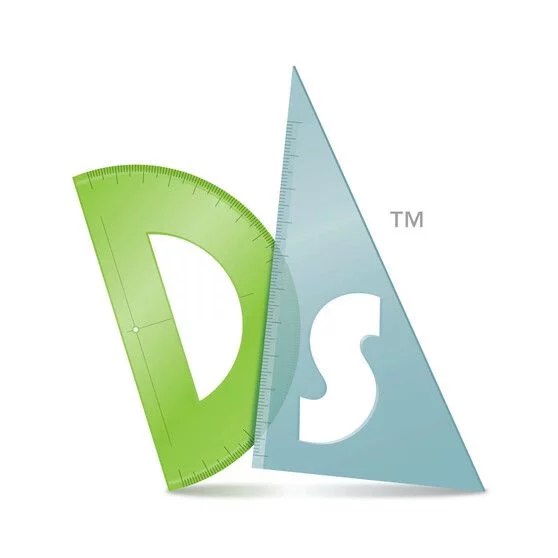Do you have a Windows operating system and want a Corona Renderer Preactivated download link? You’re in the right place.
In this post, you can find a Corona Renderer Crack download link and download it at high speed because we provide a Corona Renderer Full Version direct download link with a high-speed server.
Corona Renderer is a high-performance photorealistic rendering engine for architectural rendering, interior design, and product rendering. Developed by Render Legion, Corona Renderer works as a plug-in for popular 3D modeling software such as Autodesk 3ds Max, Cinema 4D, and Blender.
WHAT IS CORONA RENDERER?
Corona Renderer is designed to be simple, easy to use, and realistic, providing artists and designers with powerful tools to create realistic images. It uses advanced rendering techniques such as global lighting, ray tracing, and physics-based rendering to create realistic lighting, materials, and reflections.
One of Corona Renderer’s key features is its interactive rendering mode, which allows users to see in real-time how the scene changes as they adjust settings such as lighting, materials, camera angles, and more. This iterative workflow allows artists to quickly test and iterate on designs, resulting in faster and more efficient rendering workflows.
OVERVIEW OF CORONA RENDERER
Corona Renderer is a high-performance rendering engine mainly used in the field of architectural rendering and 3D rendering. Corona Renderer, developed by Render Legion, is known for its simplicity, ease of use, and photorealistic rendering capabilities. It is a physics-based renderer that simulates the behavior of light and materials in a physically accurate manner, creating images that depict realistic lighting, shadows, and reflections.
One of the main features of Corona Renderer is its user-friendly interface, which makes it accessible to both beginners and experienced 3D artists. It integrates with popular 3D modeling software such as Autodesk 3ds Max and Cinema 4D, allowing users to render 3D scenes directly in the modeling environment of their choice.
It offers a wide range of features to enhance the rendering process, including advanced lighting options, material presets, and post-processing effects. It supports a variety of rendering methods, including pathfinding, which accurately simulates the path of light rays in a scene, and caustics, which simulates the focusing of light rays by transparent or reflective surfaces.
In addition, Corona Renderer includes an advanced rendering mode that allows the user to gradually improve the rendered image over time and provides immediate feedback on changes made to the scene. This real-time feedback loop speeds up the visualization process and allows artists to quickly iterate on their designs.
Overall, It is a powerful tool for creating high-quality 3D renderings, making it popular among architectural visualization professionals, product designers, and visual effects artists. Its intuitive interface, realistic rendering capabilities, and integration with popular 3D software make it a valuable asset for anyone involved in 3D imaging and rendering.
FEATURES OF CORONA RENDERER
Physics-Based Rendering (PBR): Corona Renderer uses physics-based rendering to accurately simulate the behavior of light, materials, and surfaces in the real world. The result is a very realistic and realistic image.
Interactive Rendering: One of Corona Renderer’s standout features is the interactive rendering mode, which provides real-time feedback as users modify their rendering. This allows for rapid iteration and experimentation during the design process.
Global Lighting: The renderer supports global lighting algorithms such as pathfinding and photon mapping, and enables realistic light interactions such as indirect lighting, caustics, and color separation.
Advanced Materials: It offers a variety of built-in materials and textures, including standard materials, procedural textures, and material presets. Users can also create custom materials using advanced shader nodes for precise control over surface properties.
Distributed Rendering: To speed up rendering times, Corona Renderer supports distributed rendering across multiple computers or network nodes. It allows users to use the computing power of multiple machines to render faster.
Post-Processing Effects: The viewer includes post-processing effects such as depth of field, motion blur, bloom, and color mapping, allowing users to enhance the final output without using additional software.
Denoising: Corona Renderer helps reduce noise and artifacts in rendered images, resulting in smoother, cleaner final renderings, especially in low-light or high-sampling scenarios.
Physical Camera: Users can use Corona Renderer’s physical camera model to simulate real camera settings such as aperture, shutter speed, ISO, and white balance. It allows precise control over depth of field, exposure, and other camera effects.
Integration: It integrates with popular 3D modeling software such as Autodesk 3ds Max, Cinema 4D, and Blender, allowing users to work in a familiar environment and workflow.
Extensibility: The renderer supports third-party plugins and shaders, scripting, and automation tools, allowing users to extend functionality and customize their rendering pipeline to suit their needs.

![Autodesk Revit v2026.2 PreActivated [Multilingual] 1 Autodesk Revit](https://softowa.com/wp-content/uploads/2024/05/autodesk-revit.webp)





